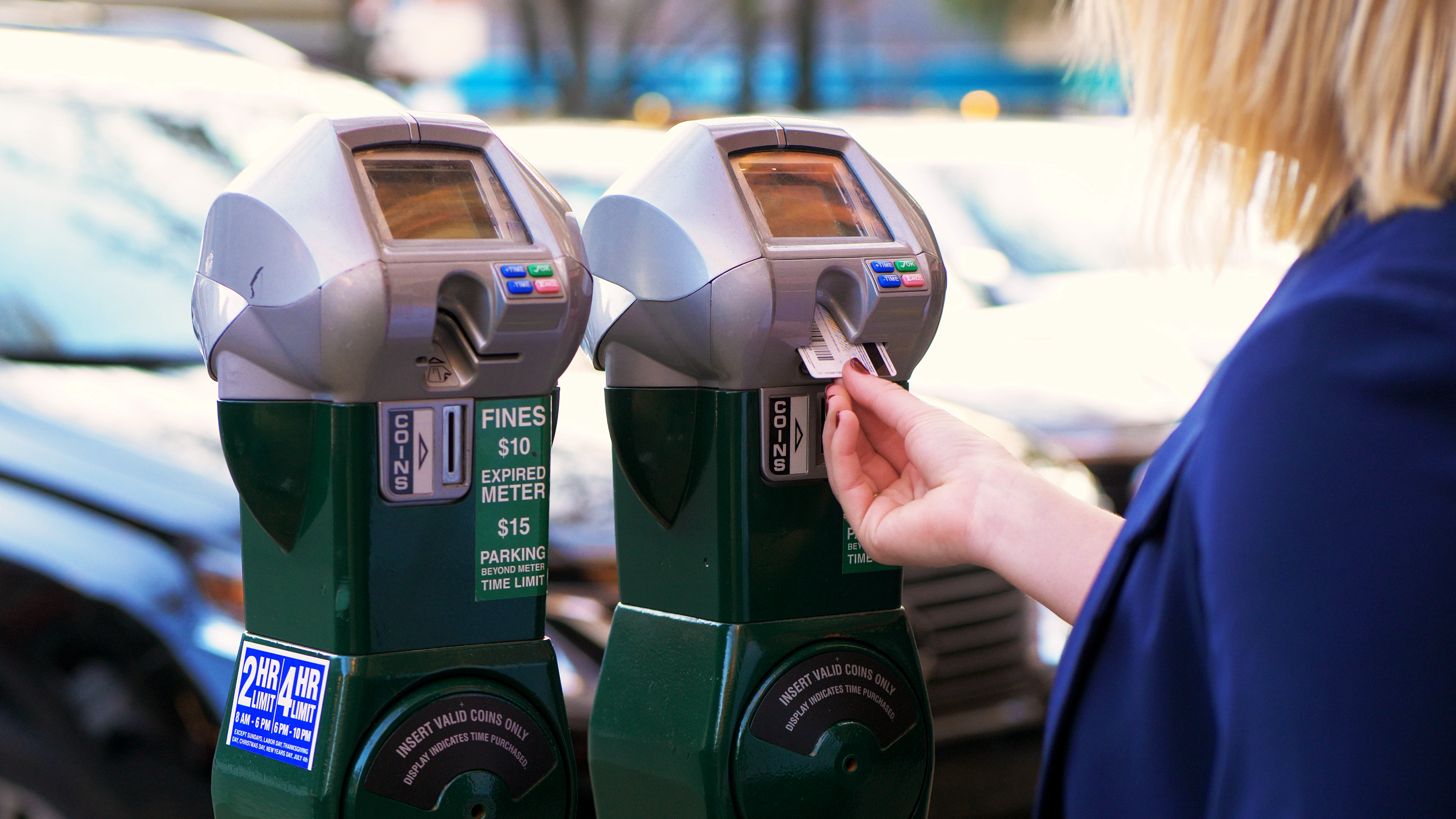As communities seek solutions for housing shortages, climate change and livability, many local governments have found revisiting parking mandates to be an effective policy option. First implemented in 1923 and popularized in the mid-twentieth century, parking mandates specify the amount of parking that developers must provide for new or repurposed properties.
Though municipalities have taken different paths to meet community needs, many have made regulatory changes by reducing or eliminating these mandates. Some municipalities have even driven policy innovation by adopting parking maximums, which cap the number of off-street parking spaces allowed for new development types.
Despite continued municipal action, some states (PDF) have compelled local changes by explicitly capping or prohibiting parking mandates. Often, these efforts are tailored toward specific areas (e.g., transit or growth corridors) or uses like affordable housing, multifamily development and accessory dwelling units to simplify the construction process.
How Gastonia, NC Revisited Parking for Revitalization
In 2019, Gastonia, NC (pop. 80,000) began considering ways to revitalize its downtown and increase housing options in accordance with the city’s comprehensive plan. This encouraged the city to reevaluate its Unified Development Ordinance (UDO).
It always comes down to parking.
Assistant City Manager Quentin McPhatter, Gastonia, NC
After conducting walking tours of neighboring towns in similar situations, city staff considered including parking changes to the UDO updates to meet the city’s comprehensive plan goals. To solidify this change, city staff secured buy-in from the planning commission and elected officials. Since then, the city council approved the shift from minimum car parking requirements towards maximum car parking limits for most uses. According to Assistant City Manager Quentin McPhatter, the city has experienced an increase in investment in the downtown area, especially as it relates to housing access and preservation.
We were able to get new businesses into those spaces that wouldn’t otherwise be there with the parking minimums.
Jason Thompson, Gastonia Planning Director
Along with changes to parking, Gastonia considered other transit-related solutions to improve accessibility, connectivity and revitalization throughout the city. Starting in July 2024, Gastonia’s residents can enjoy the city’s new microtransit system. Users can call or use the city’s transit app to be picked up in roughly 15 minutes and taken directly to their requested destination. Additional investments in bike parking minimums in the city’s bicycle plan will continue to advance Gastonia’s goal of becoming a multimodal community.
Exploring Parking Options in Your Community
Municipalities that are interested in understanding their parking options can start by reading NLC’s Reimagining Parking Action Guide. This guide offers local leaders a range of parking options, such as exploring parking minimums and maximums, short- and long-term ideas, and funding opportunities. For more ideas on addressing parking, localities could also look to peer cities to determine if similar strategies can be implemented. For example, the City of Pensacola, FL, in 2023 issued a Parking Consultation report (PDF) that compared the city to its peers and developed recommended parking policy options after considering different methods, from the location of paid parking to parking hours and fees for curb parking.
Understanding parking in a community can bring different challenges; so, localities could start with a small geographic area or run a pilot phase to test the updates before implementing them at a larger scale. Using a small geographic area may especially be helpful in smaller or rural municipalities where the demand for parking can be high in a downtown corridor. Other considerations include public and private partnerships, such as working with organizations that have parking spaces that often remain empty, and the right price of parking and payment collection. Additionally, local leaders can engage different stakeholders in their community throughout the parking process to receive feedback on any potential updates made.
Municipalities that may be interested in charging for parking may ask, “What is the correct “price” for parking?” It depends on where and how much parking each community wants. Sometimes, the revenue raised from parking is collected by parking meters, but municipalities could consider experimenting in other ways such as passing on the price of parking to property owners. If a municipality experiments with or implements a parking charge, they could consider using the revenue raised in multiple ways, such as keeping the funds raised in the neighborhood the fee is collected in. Known as Parking Benefit Districts, the funds raised in these districts are poured back into a community to support a variety of revitalization projects. For example, the City of Pasadena’s Old Pasadena neighborhood charges $1.25 per hour for on-street metered parking and uses more than $1 million in yearly revenue to pay for tree installation, signage, lighting, benches and paving. Other options could include donating the revenue to a local nonprofit, supporting affordable housing or increasing multi-mobility options.
To determine how much parking a community may need, the Federal Highway Administration recommends 10 to 20 percent of spaces remain open most of the time to allow for parking ease. The goal is to create options and opportunities for drivers, pedestrians, developers, business and property owners alike to access services and businesses throughout their community.
Interested in continuing the parking options discussion?
Check out NLC’s Reimagining Parking Action Guide
Continue the conversation with us by becoming an NLC member or subscribing to one of our newsletters.













